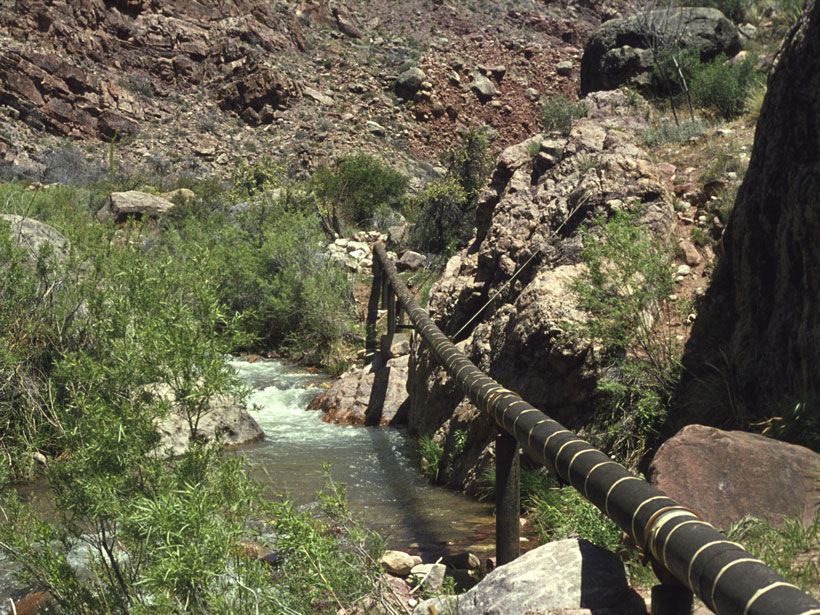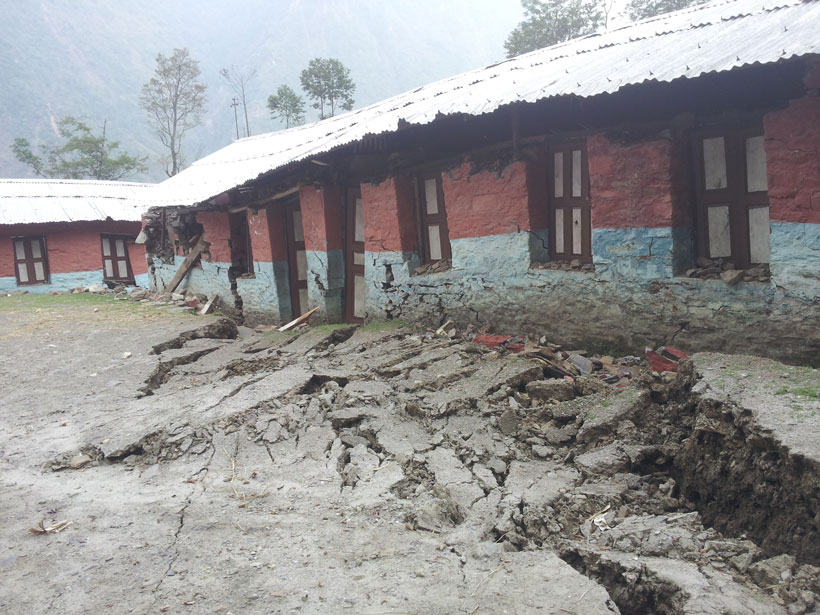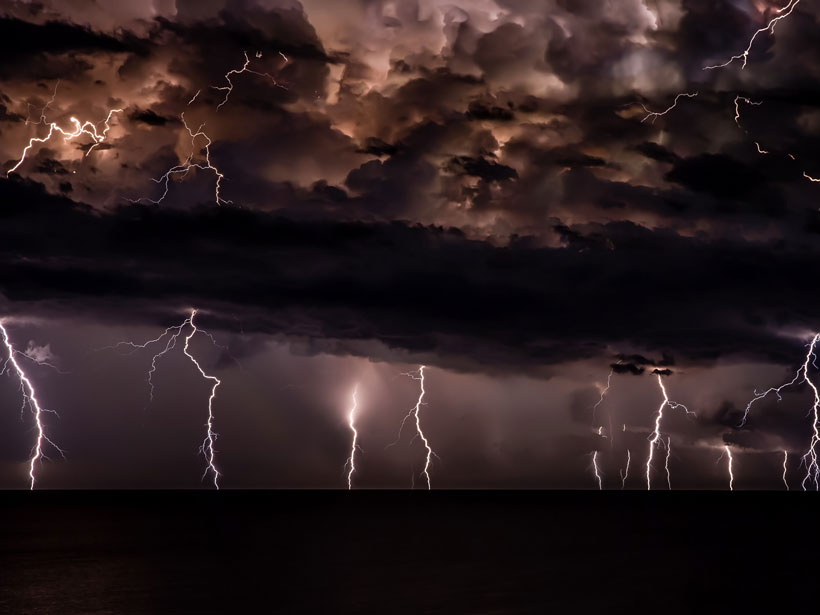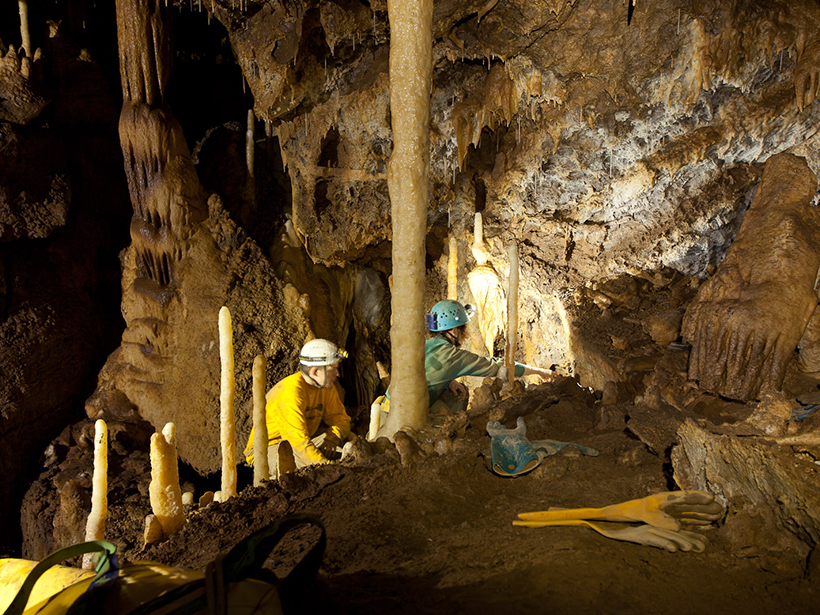Scientists have shown that mineral carbonation can permanently capture and store carbon quickly enough and safely enough to rise to the challenge of climate change.
News
Rastreando Los Misteriosos Manantiales Del Gran Cañón
Mejorar los modelos ayudará a proteger una fuente crucial de agua potable para ambos bordes del Parque Nacional del Gran Cañón.
This Week: From Online Ed to the Battle of the Ologies
What Earth and space science stories are we recommending this week?
Geodetic Data Pinpoint Earthquake-Prone Regions of the Himalayas
GPS measurements of the Indian and Eurasian plates reveal four locked segments most likely to produce large earthquakes.
Climate Change Will Reduce Spanish Olive Oil Production
Increased droughts will reduce southern Spain’s olive oil output by 30% before the end of the century.
Early Sprouting of Leaves Enhances Northern Hemisphere Warming
As leaf out has been advancing 4–5 days per decade, scientists say the effect of vegetation on climate remains poorly understood.
This Week: Exploring the Deep Blue Sea and the Starry Sky
What Earth and space science stories are we recommending this week?
Mapping Lightning Strikes from Space
A new technique spatially tracks lightning in real time and has been adapted by the National Weather Service.
Past Seasons Hidden Underground
Belgian paleoclimatologists study a fast-growing stalagmite to glean insight into seasonal climate from centuries past.
Earth’s Skies Transmitted Signs of Life During Lunar Eclipse
Using upcoming ground- and space-based telescopes, scientists hope to make similar observations of the skies of distant, Earth-like exoplanets.










